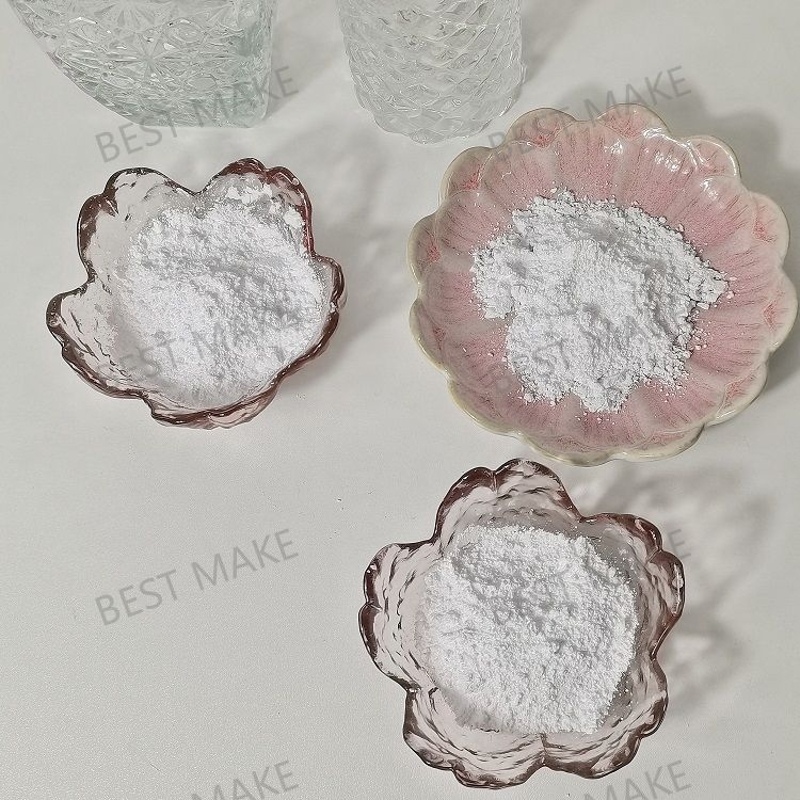-
Categories
-
Pharmaceutical Intermediates
-
Active Pharmaceutical Ingredients
-
Food Additives
- Industrial Coatings
- Agrochemicals
- Dyes and Pigments
- Surfactant
- Flavors and Fragrances
- Chemical Reagents
- Catalyst and Auxiliary
- Natural Products
- Inorganic Chemistry
-
Organic Chemistry
-
Biochemical Engineering
- Analytical Chemistry
- Cosmetic Ingredient
-
Pharmaceutical Intermediates
Promotion
ECHEMI Mall
Wholesale
Weekly Price
Exhibition
News
-
Trade Service
(2) Points to note
(1) When metallic sodium is used as a water removal agent, because the solid sodium wire has a small specific surface area, it is difficult to fully contact the water dispersed in the solvent, and it generally needs to be refluxed for 4-6 hours to achieve the purpose of basic water removal
(2) If the surface of sodium is covered by NaOH or benzophenone is consumed too much during the reaction , it cannot continue to generate free radicals and cannot turn blue.
(3) It is better to use the double-row tube operation technology in Schlenkline for heating and refluxing, as shown in Figure 23-13
Figure 23-13 Double row tube
(4) If the water content of any of the above solvents exceeds 0.
(5) The molecular sieve treatment belongs to physical adsorption, the process is long, at least 3d, generally 3-7d, and needs to be stirred or shaked from time to time
(6) When distilling DMSO, the temperature should not be higher than 100°C, otherwise the disproportionation reaction will generate dimethyl sulfone and dimethyl sulfide .
(7) Halogenated hydrocarbons (such as dichloromethane ) should not be dried with sodium wire, otherwise it is prone to violent Wurtz coupling reaction and explosion
(8) THF, etc.
2.
Anhydrous solvent processor is also called solvent purification system (solvent purification system, SPS), see Figure 23-14, instead of the traditional dangerous distillation method, to achieve the purpose of dehydration and deoxygenation
Methanol cannot be treated with 4A molecular sieve with 4A pore size, because the size of methanol molecules is small and may enter the inside of the 4A sieve cavities.
The relevant desiccants for the preparation of various absolutely anhydrous solvents are shown in Table 23-4
Figure 23-14 Diagram of anhydrous solvent processor
23-15 Collect and reserve after solvent purification
Figure 23-16 Take as you use
Table 23-4 Related desiccants for preparing various absolute anhydrous solvents
Related Links: Safety Specifications for Preparation of Anhydrous Solvents (1)







